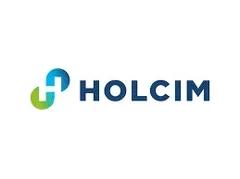

Other manufacturers with similar products
EPD: Slag cement, Holcim, Sparrows Point plant
Transform your construction projects with our slag cement, offering enhanced durability and sustainability. Ideal for resilient concrete solutions, it reduces environmental impact while providing exceptional performance in various applications.
Slag cement is a durable, eco-friendly material that enhances concrete's strength and resistance to aggressive environments. It appears as a fine, granular powder and can be easily mixed with other components in construction applications.
Slag cement is use...
Manufacturer:
Holcim, Sparrows Point plant
Group:
Country of production:
Product name:
Slag cement
Category:
Cement, binders and additives
Class:
Alternative concrete binders
Type:
GGBS
Environmental impacts
Global Warming Potential (A1-A3):
0.134 kg CO2e/kg
Available units for calculation:
kg, ton
Unique identifier (OCLID):
627e097837b1b6663d0c8a62
Sustainability data background information
EPD number:
EPD-299
EPD program:
ASTM
Publication year:
2022
Product Category Rules (PCR):
NSF PCR for Preparing an Environmental Product Declaration for Slag Cement, v2.0, December 2020
Environmental standard:
ISO 14040
Data source:
EPD Sparrows Point MD Slag Cement Plant
Verification status:
Third-party verified (as per ISO 14025)
Upstream database:
ecoinvent



